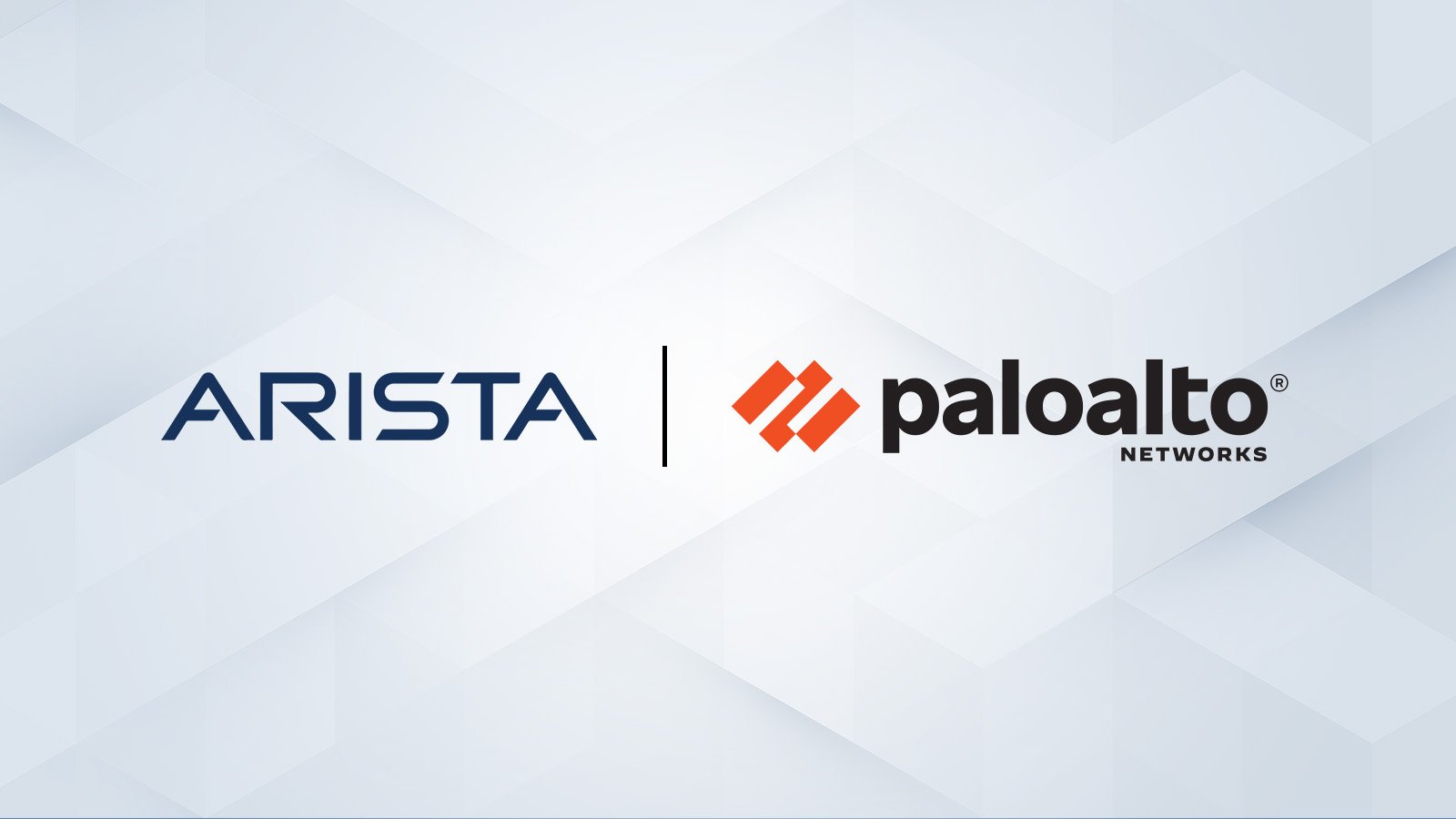Delivering Reliable AI and Cloud Networking
The explosive growth of generative AI and the demands of massive-scale cloud architectures have fundamentally redefined data center networking...

I am very excited about our next-generation R3 Series routing platforms, which are setting new standards for throughput, density, power efficiency and price performance. We designed these products to address the growing bandwidth demands in cloud datacenter and public networks, supported by significant Arista EOS enhancements including route scale, telemetry and security.
Our routing journey started in 2016, when we introduced the 7500R and 7280R Series, followed by the R2 Series in mid 2017. These products have been very widely embraced for their performance, scalability and reliability. Over the last three years, we have shipped over two Million R-Series 100G ports, far more than any other networking vendor for this product category.
We look forward to continuing this strong momentum with our new R3 Series which retains the proven VOQ big-buffer architecture of the previous generation, but is designed around the latest packet processing silicon that radically increase throughput, density and power efficiency.
Let me touch on five highlights of our new R3 platforms:
Routing platforms with this level of throughput per chassis were not available until now and will greatly simplify the way next-generation high-speed networks will be built.
However, the single most important feature of any routing platform is the robustness and resiliency of its software stack. Arista’s EOS extensible operating system, which powers all of our switching and routing platforms, continues to lead the industry with its legendary stability.
The full details of our new R3 platforms are in their respective datasheets, so I won’t repeat them here, but I will say that all of them turned out great, offering breakthrough performance and density while maintaining our legendary software stability.
The choice how to build the next-generation of cloud-scale networks has never been clearer: The easiest way to go faster is with our new R3 platforms.

Reference:

The explosive growth of generative AI and the demands of massive-scale cloud architectures have fundamentally redefined data center networking...
/Images%20(Marketing%20Only)/Blog/VESPA-Launch-Blog.jpg)
The modern enterprise is navigating a profound transformation. The shift to the 'all wireless office' and 'coffee shop type networking', fueled by...

Data centers have evolved into highly distributed, hybrid ecosystems that span private clouds, public clouds, and colocation facilities. This...